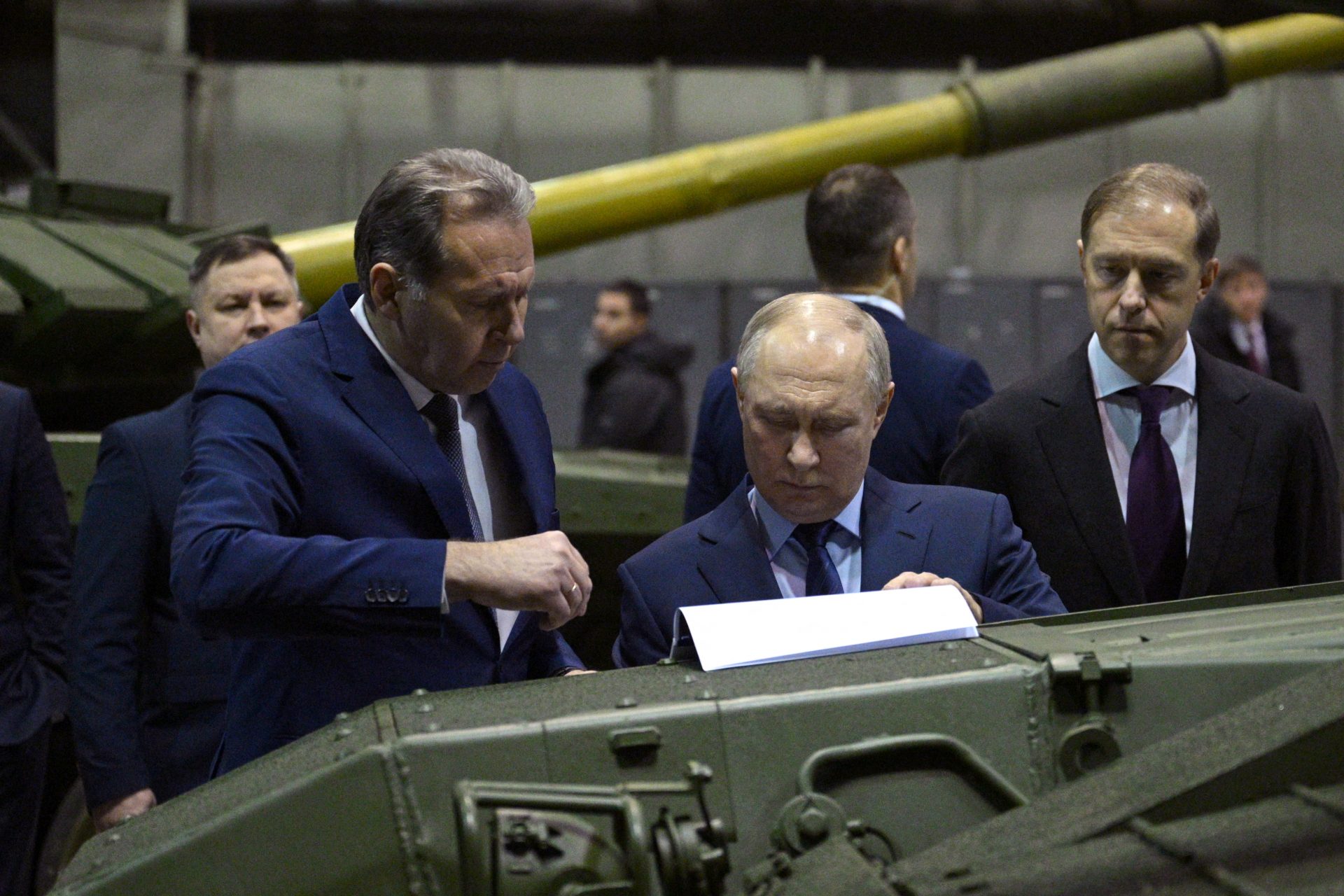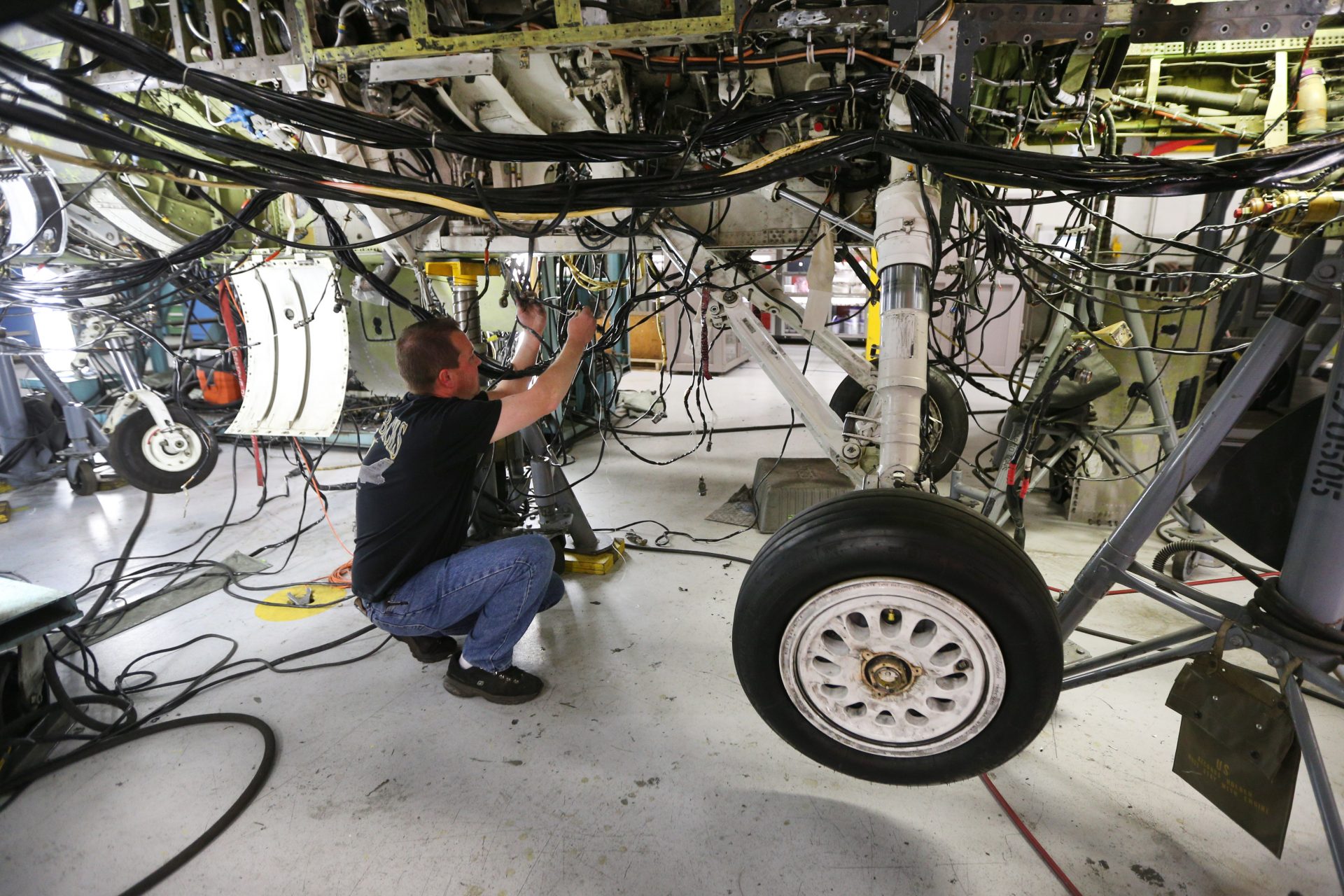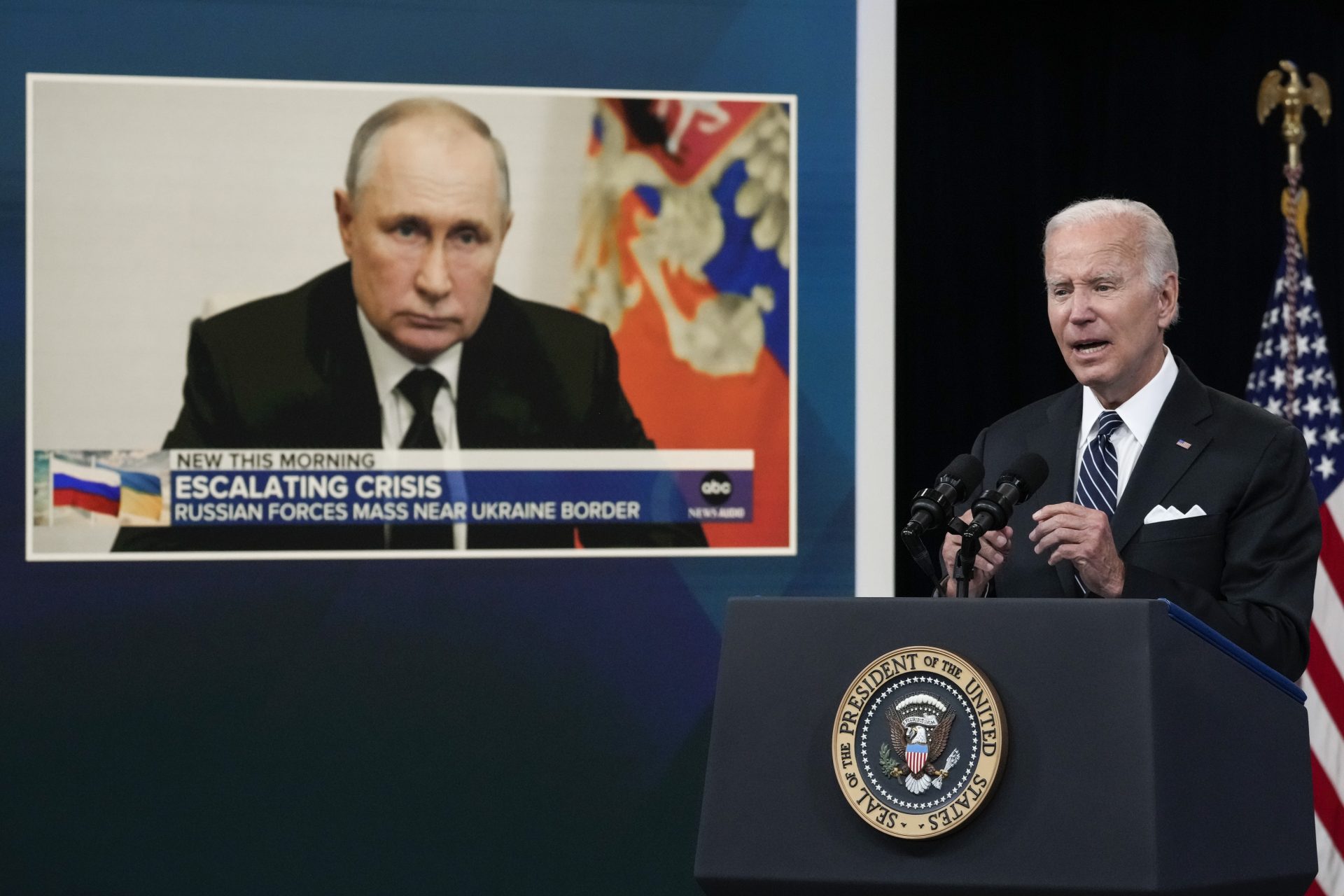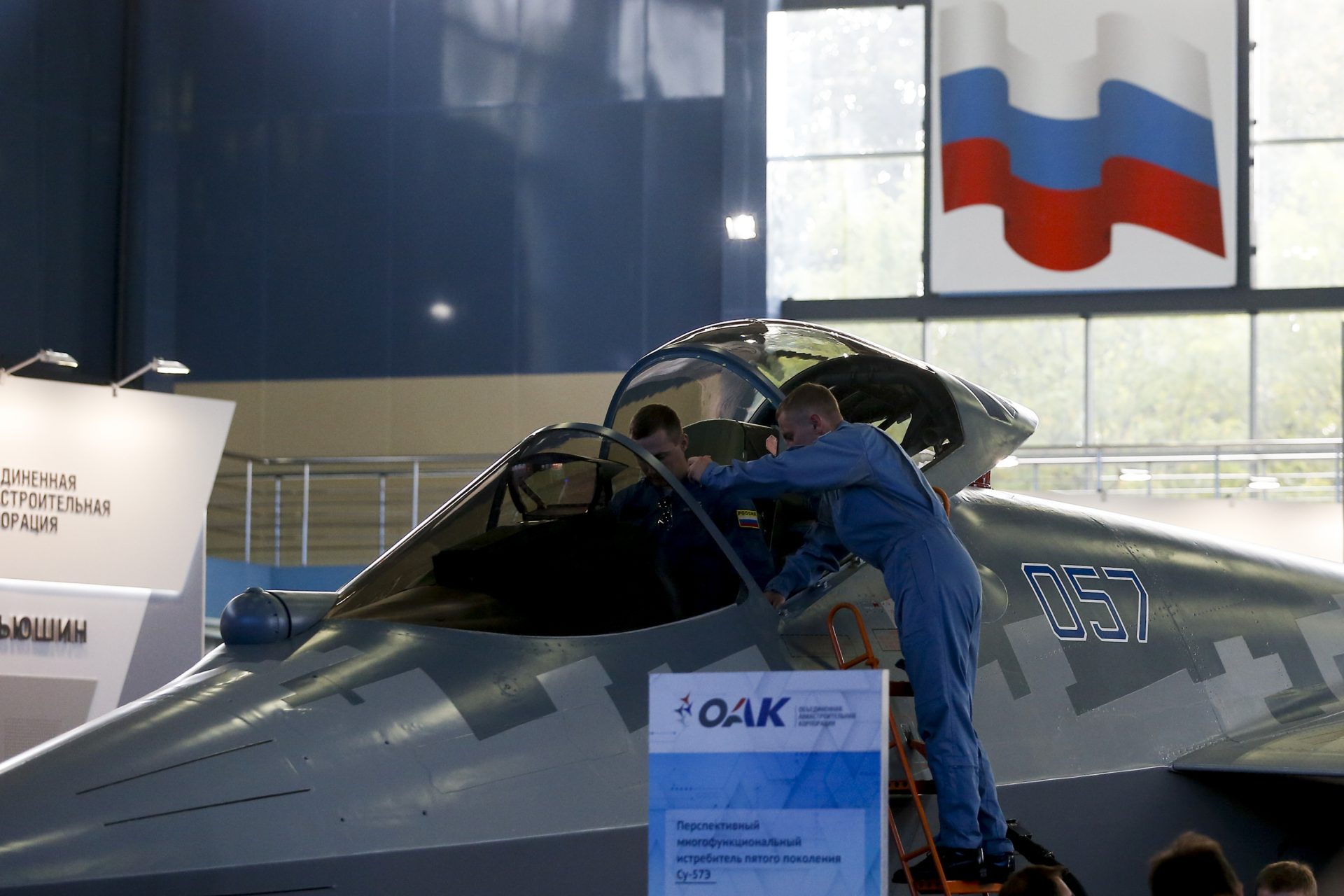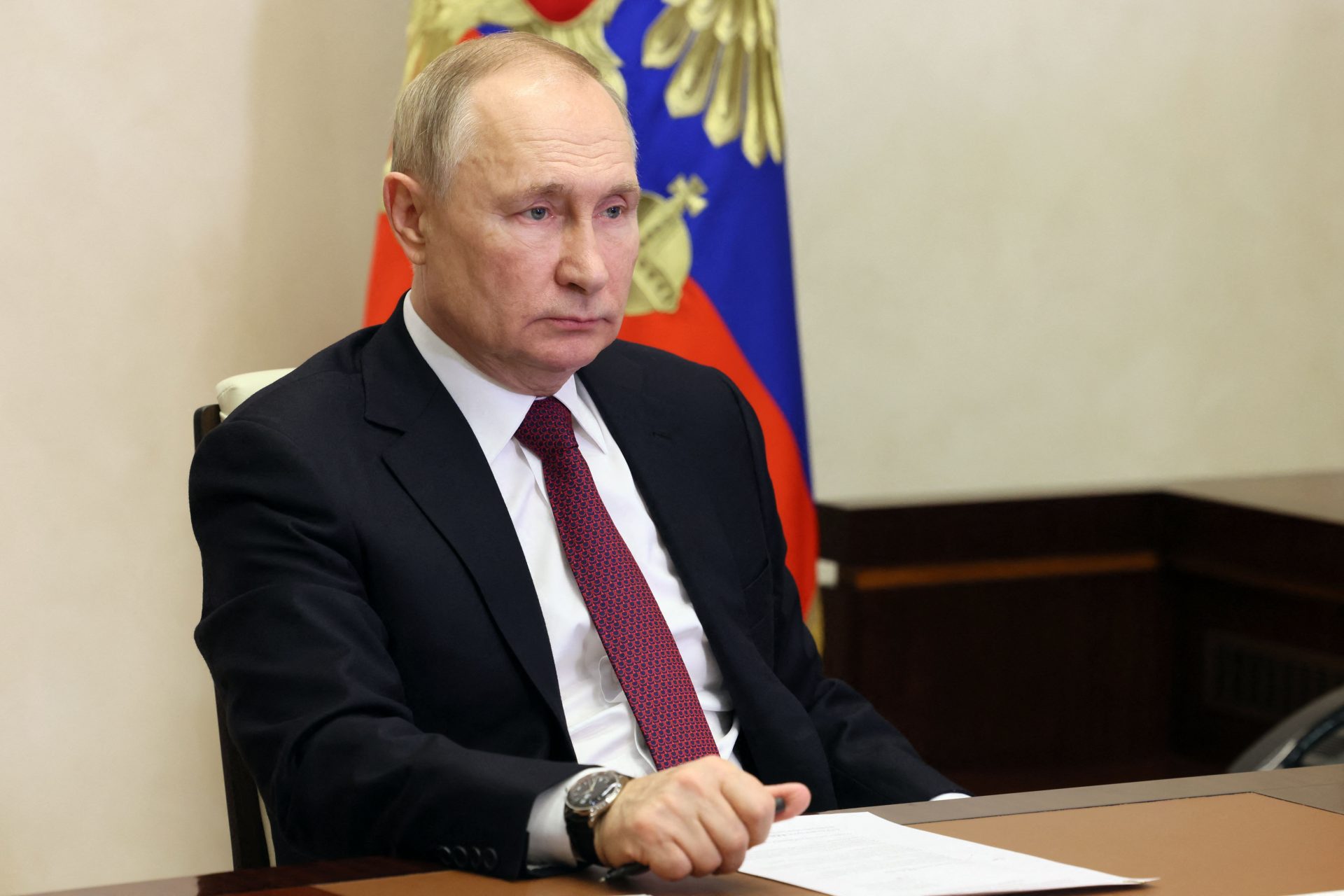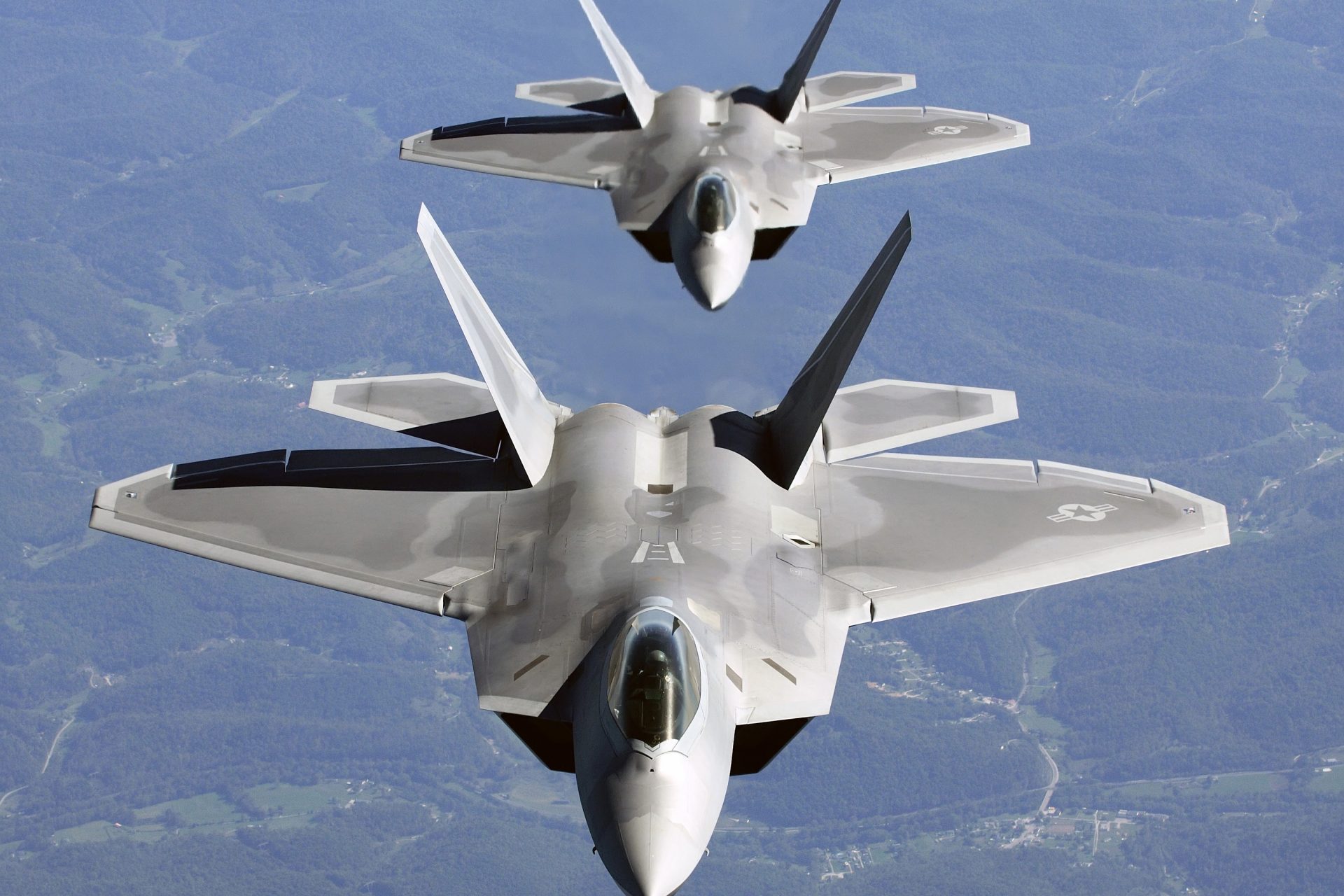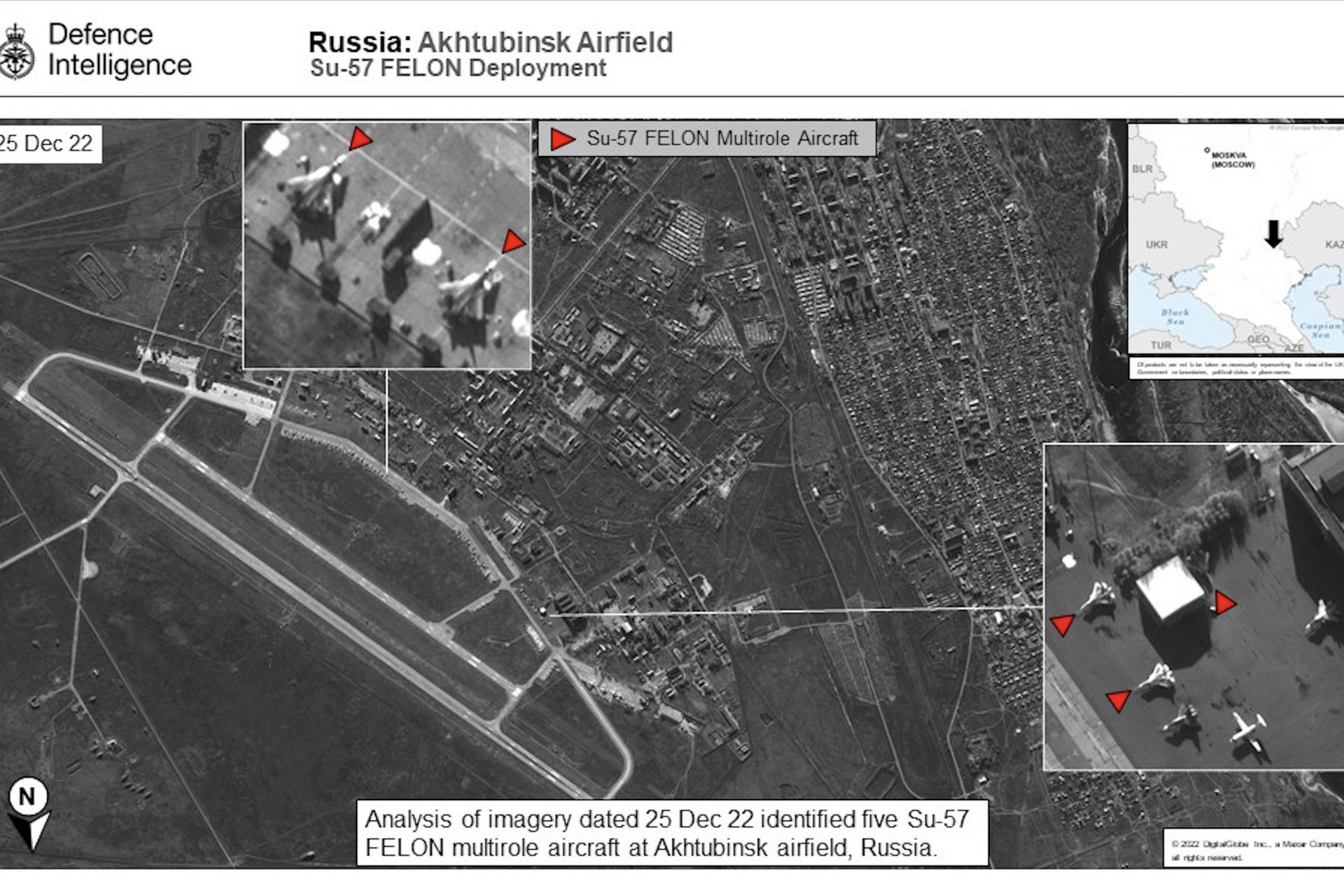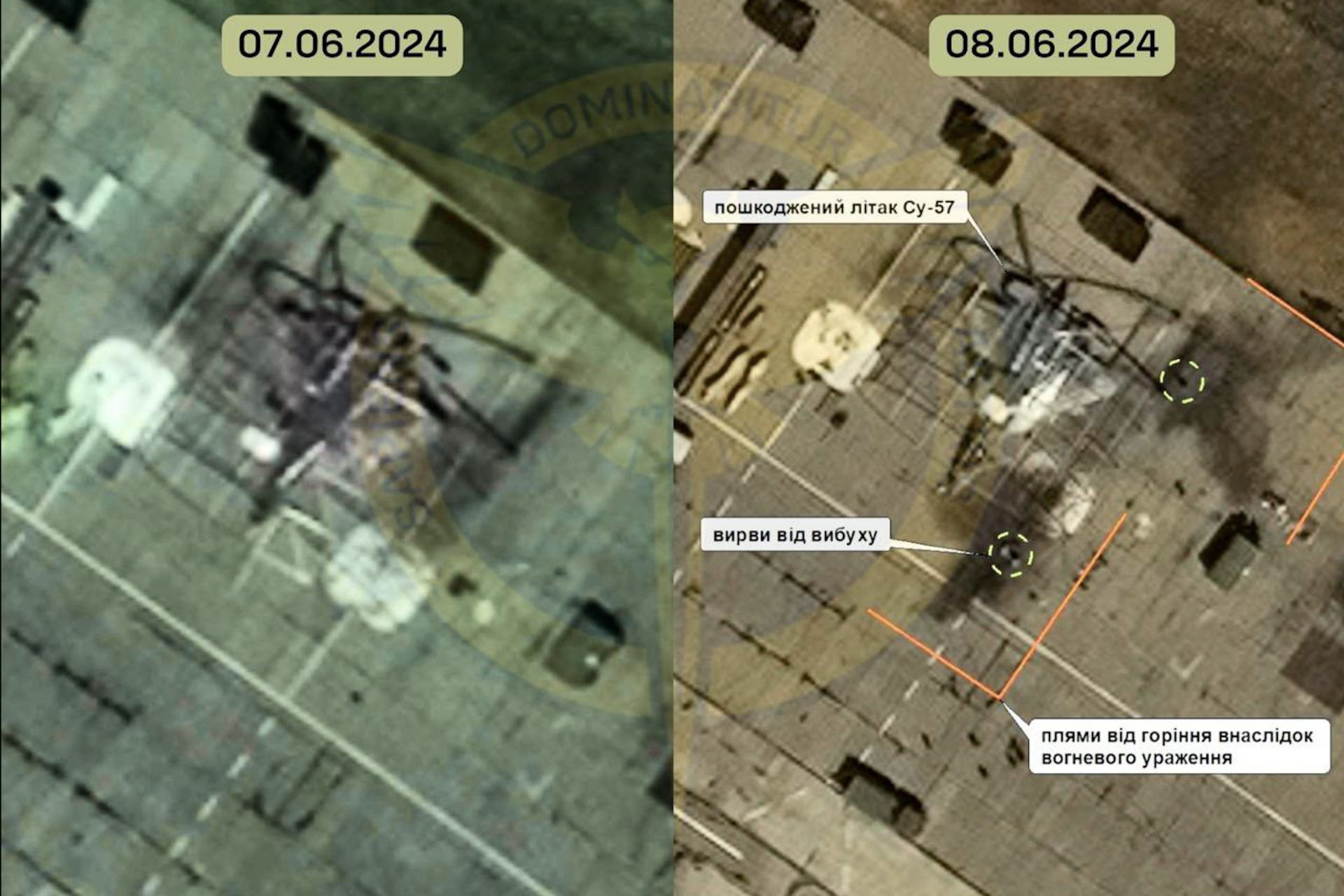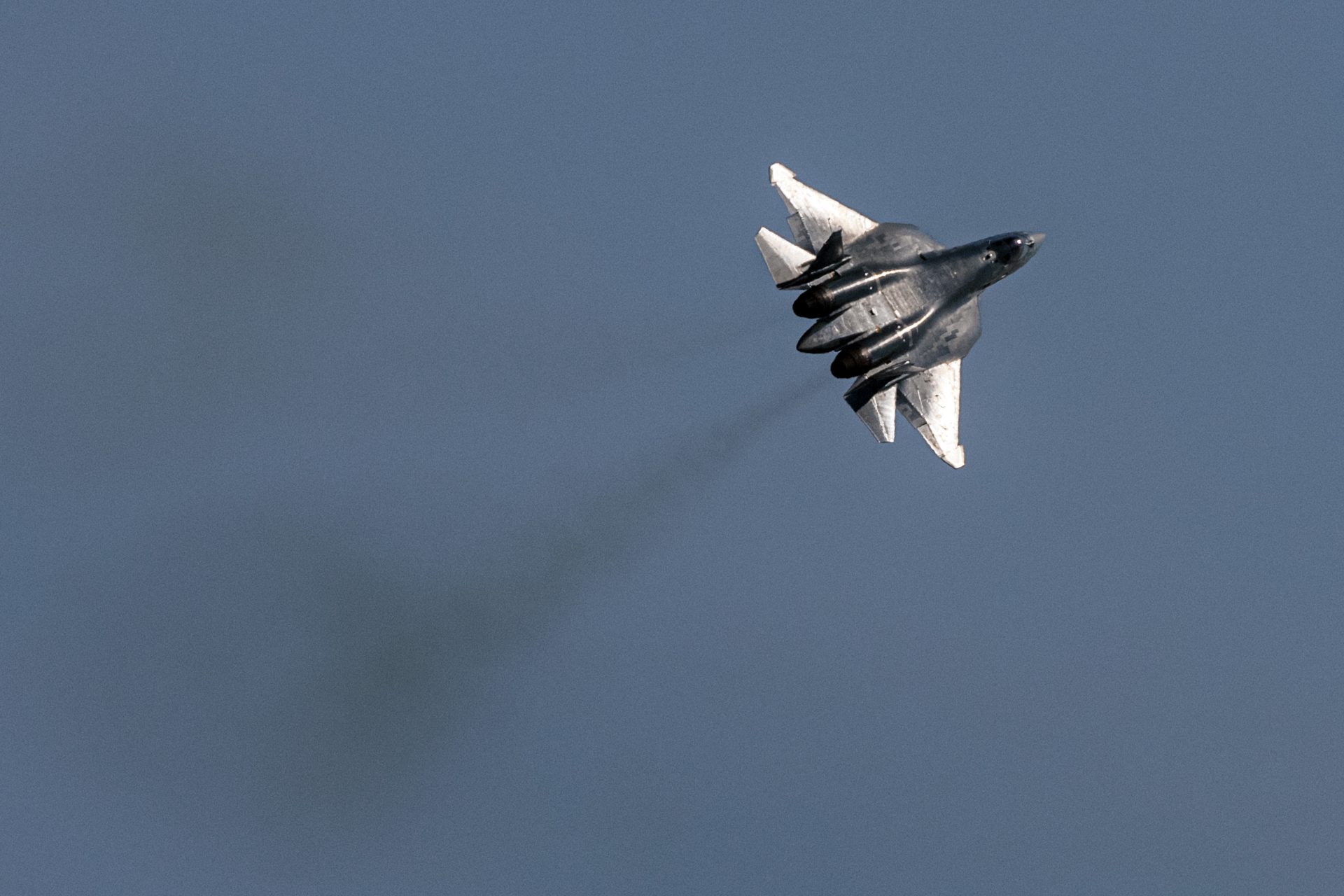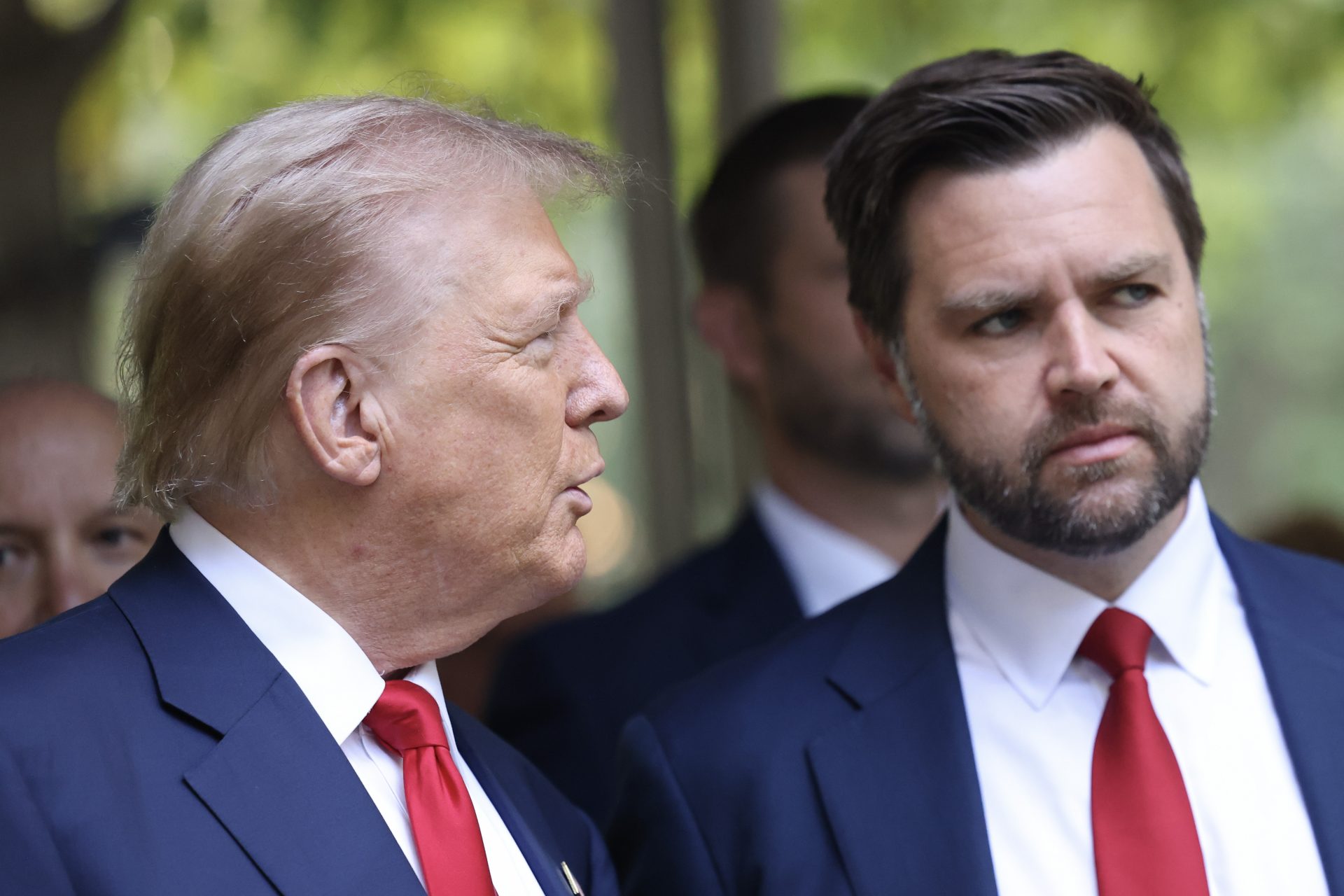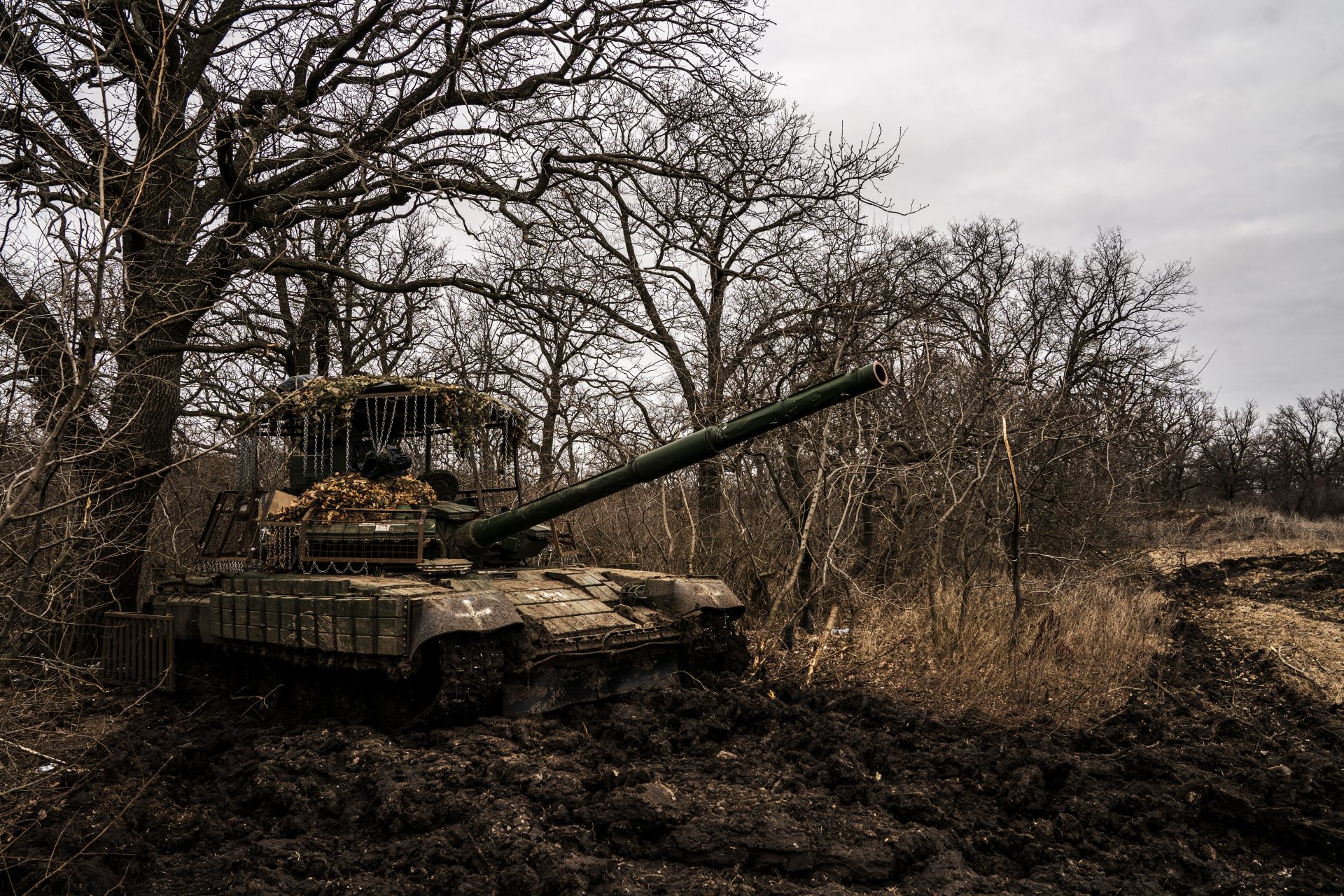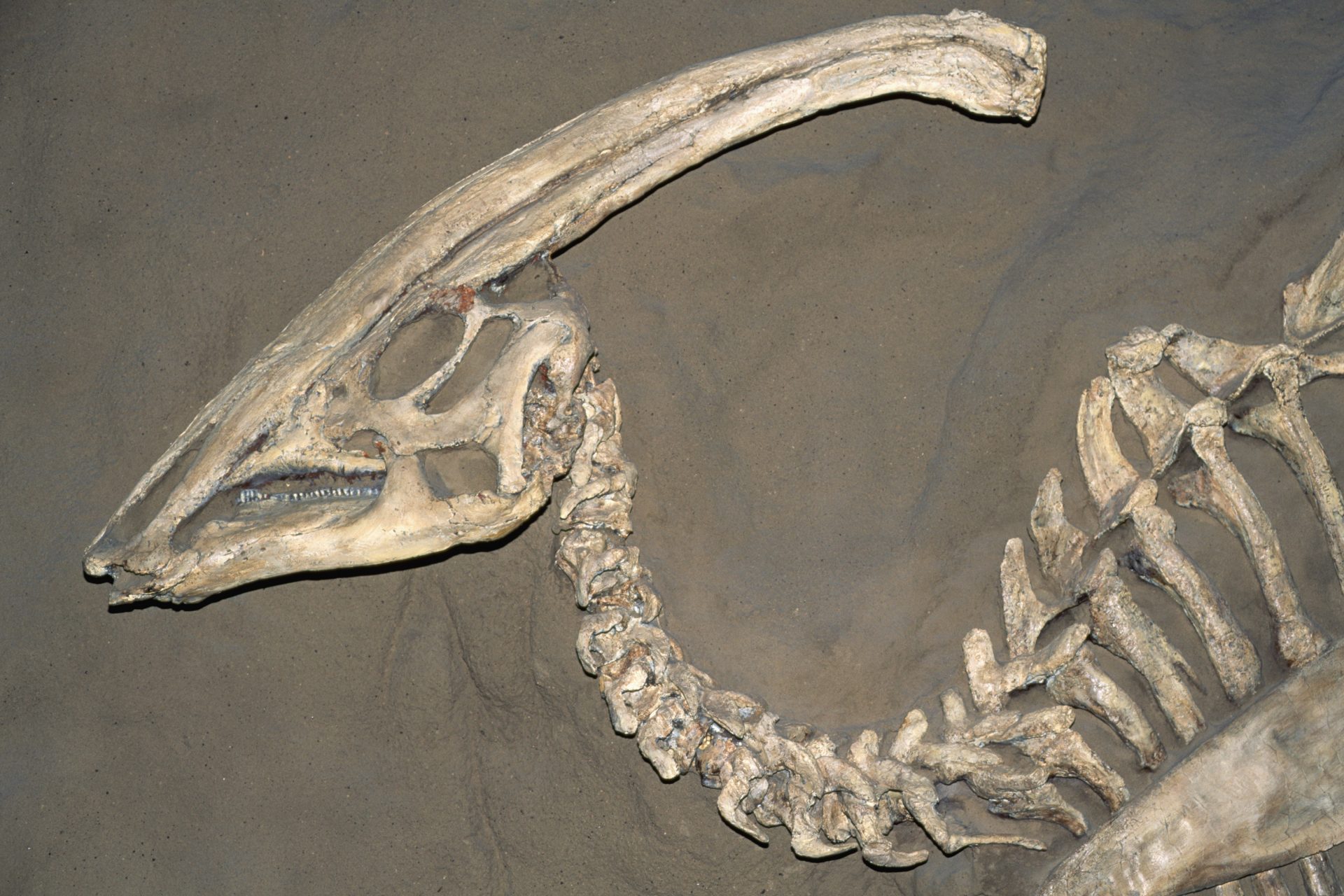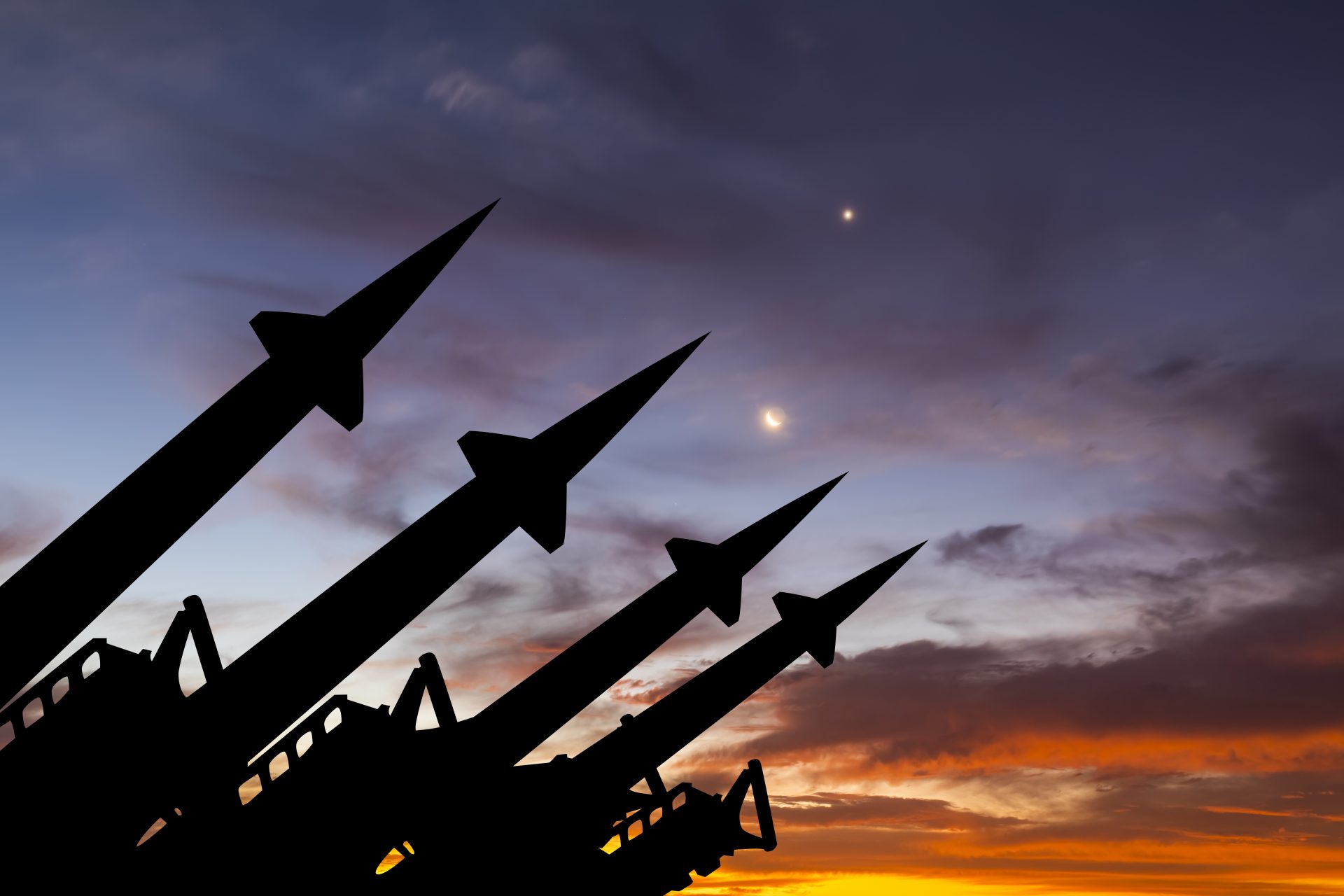Western sanctions are causing Russia to have military production problems
Western sanctions have significantly impacted Russia's production capacities, particularly affecting the Sukhoi Su-57 fighter jet, which has experienced severe setbacks due to these restrictions.
Reports suggest that Moscow has had to halt the production of its fifth-generation fighter jet as a result of Western sanctions and an inability to acquire the parts needed to make the powerful modern jet in volume.
Known under the NATO reporting name Su-57 Felon, this fifth-generation fighter jet is Russia’s newest stealth aircraft, but the modern technology needed to make these planes mostly comes from Western countries.
The Telegraph’s David Axe reported in October 2024 that production of the Su-57 Felon had stalled, an assessment he noted was made by the Ukrainian intelligence and analysis group Frontelligence Insight.
Frontelligence Insight recently noted it was “clear that Russia’s military industry heavily depends on Western components, particularly in electronics” according to a quote from the group that was published by Axe.
Western sanctions imposed following the Russian invasion of Ukraine appear to have played a role in the production problems facing the Su-57 according to Frontelligence Insight, and it wasn’t the only group making the claim.
Business Insider reported that a senior research leader at the Washington-based think tank RAND named Bryden Spurling noted Western sanctions on Russia were having an impact on Moscow’s ability to produce its newest weapons.
"There's no question that Western sanctions are having an impact on Russia's ability to generate its most sophisticated military systems," Spurling told Business Insider.
Spurling also told Business Insider that the Su-57’s absence from the fighting in Ukraine could be a sign that Moscow is unwilling to risk its newest stealth fighter because it can’t penetrate Ukrainian air defenses in the way that the system promised to do.
Defense noted the Su-57 was designed as a counter to the U.S. Lockheed Martin F-22 Raptor and was developed to replace Russia’s older and aging Mikoyan MiG-29s and Sukhoi Su-27s. The Su-57s took flight in 2010.
Photo Credit: Wiki Commons By U.S. Air Force photo by TSgt Ben Bloker, Public Domain
In 2019, the Kremlin penned a contract to acquire 76 Su-57s at a cost of roughly $50 million dollars per plane. The first 10 stealth fighters were delivered in 2022 and another 11 were delivered in 2023. However, they haven't shown up in the skies over Ukraine.
In January 2023, the UK Ministry of Defense assessed that the Kremlin was keeping its Su-57s out of the war to avoid “reputational damage, reduced export prospects, and the compromise of sensitive technology which would come from any loss.”
Despite the Su-57 being apparently grounded by Russia, Ukraine still found a way to attack a few of the newer jets in June 2024. The Ukrainians targeted an airfield inside Russia in Astrakhan and reportedly damaged one Su-57.
The attack was called a “significant symbolic blow" to Russia’s "long-troubled" by UK's Royal United Services Institute’s Justin Bronk, who echoed the more recent assessment of Moscow’s Su-57 production problems at the time.
“International sanctions have also made it far more difficult for Russia to source the Western avionics and micro-electronics that have been essential components of its advanced fighter and attack aircraft cockpits for more than a decade,” Bronk explained.
“Thus, even the temporary loss of one Su-57 airframe in this Ukrainian strike likely represents at least a 5% cut in the frontline fleet of Russia’s most advanced fighter aircraft,” Bronk added.
More for you
Top Stories






